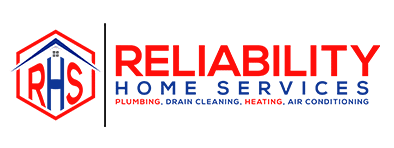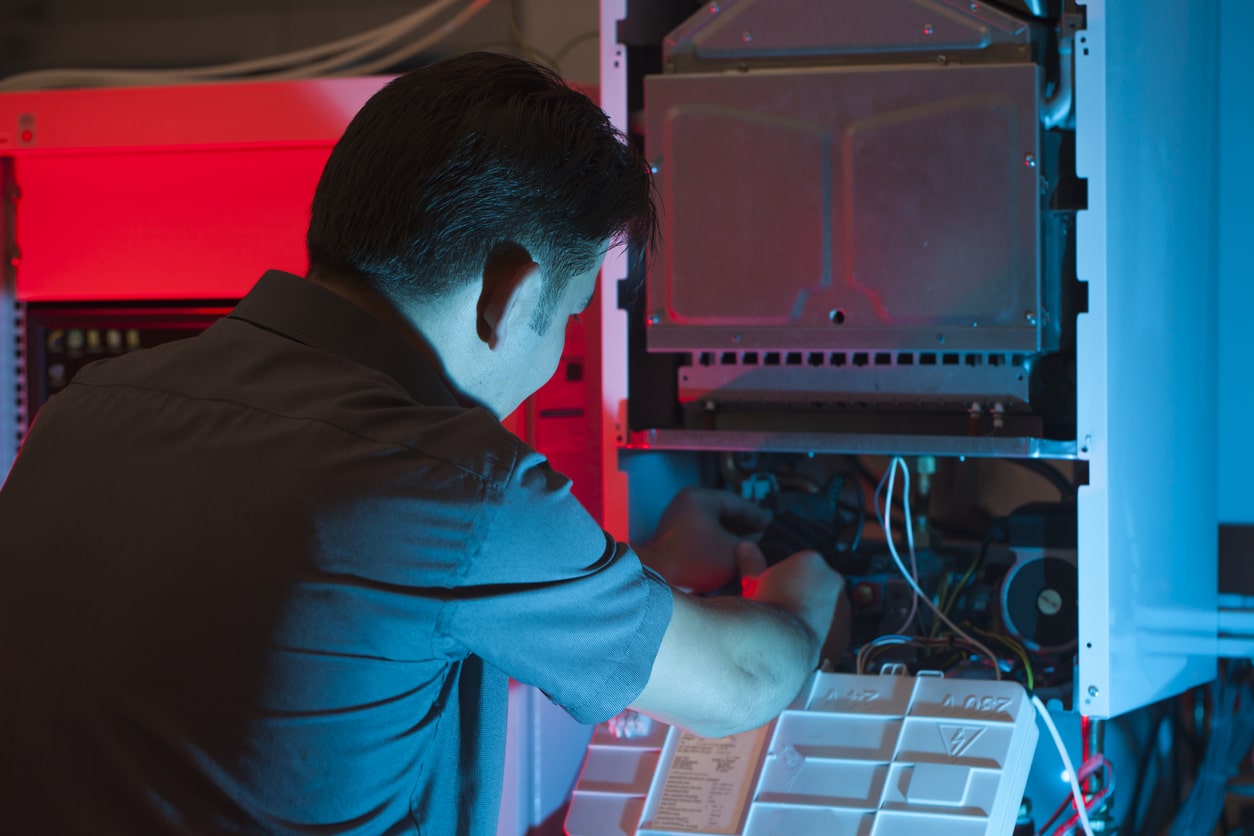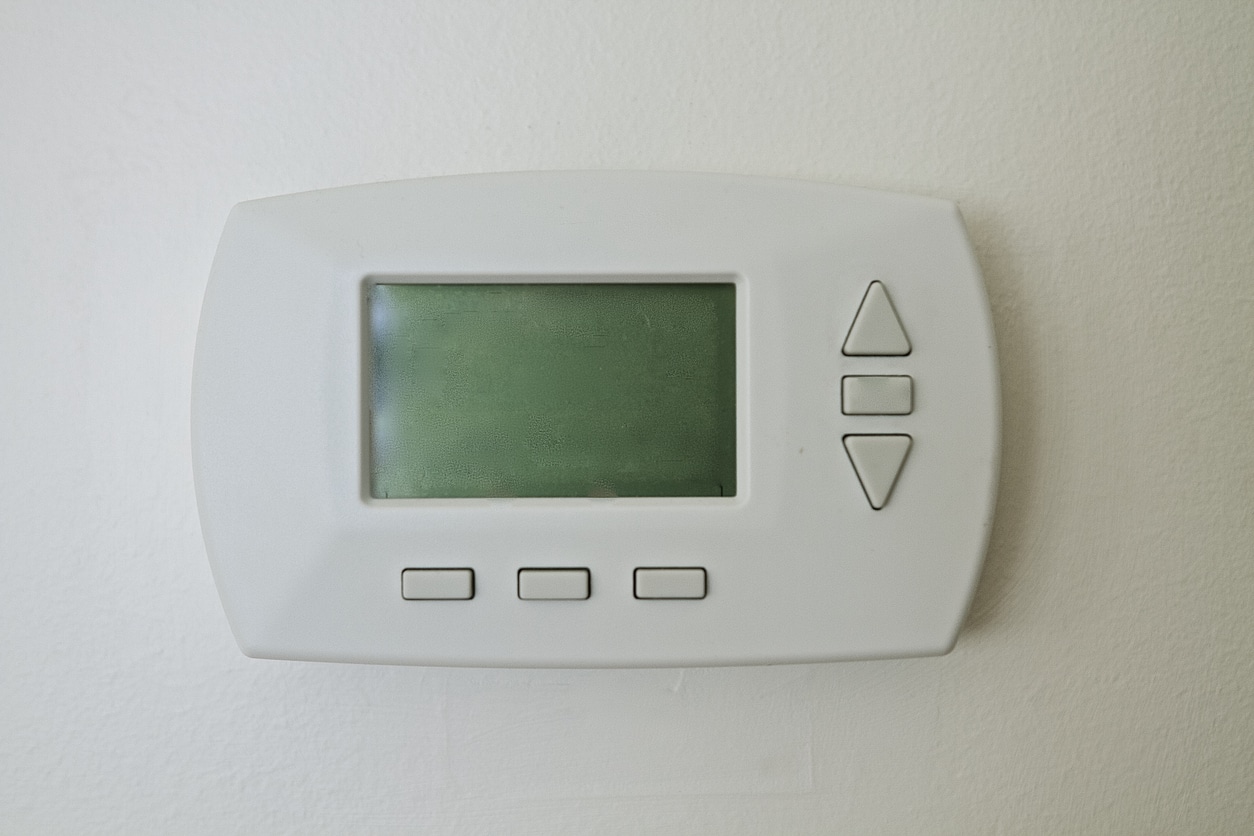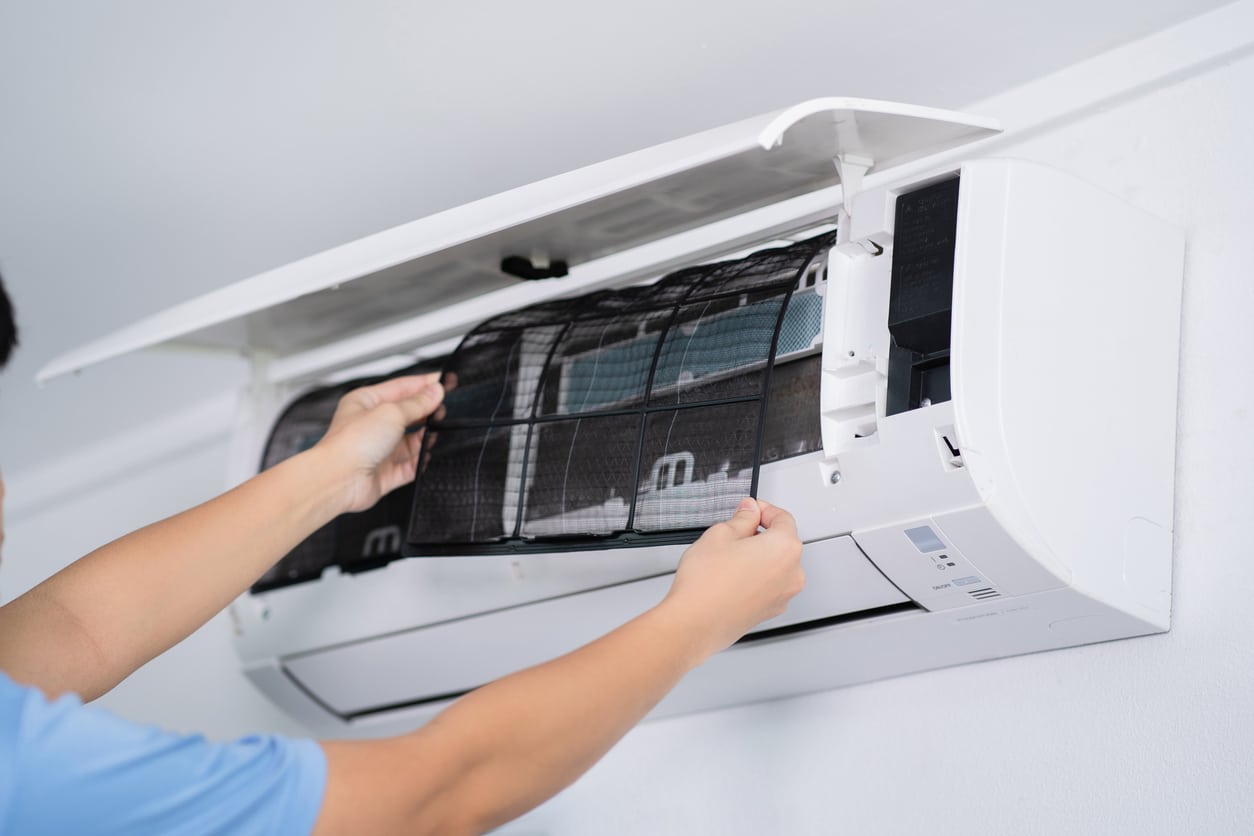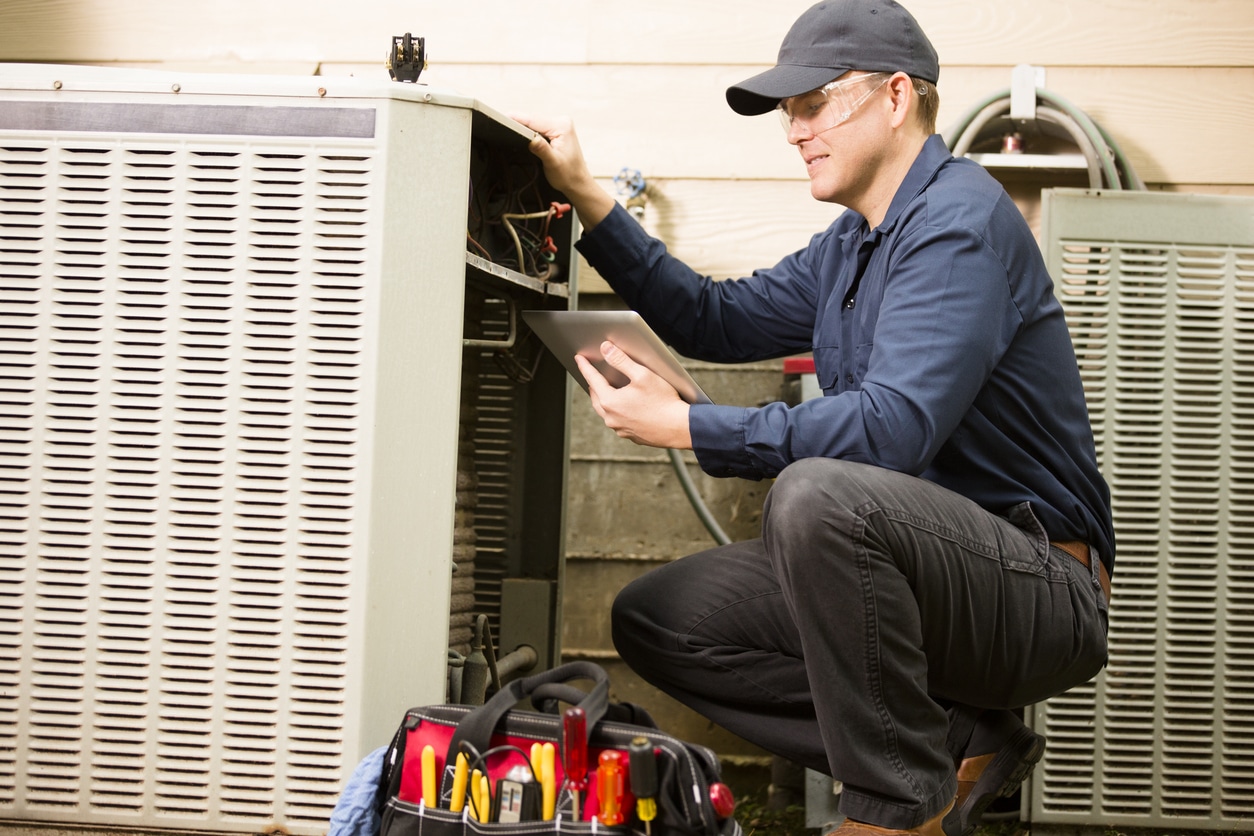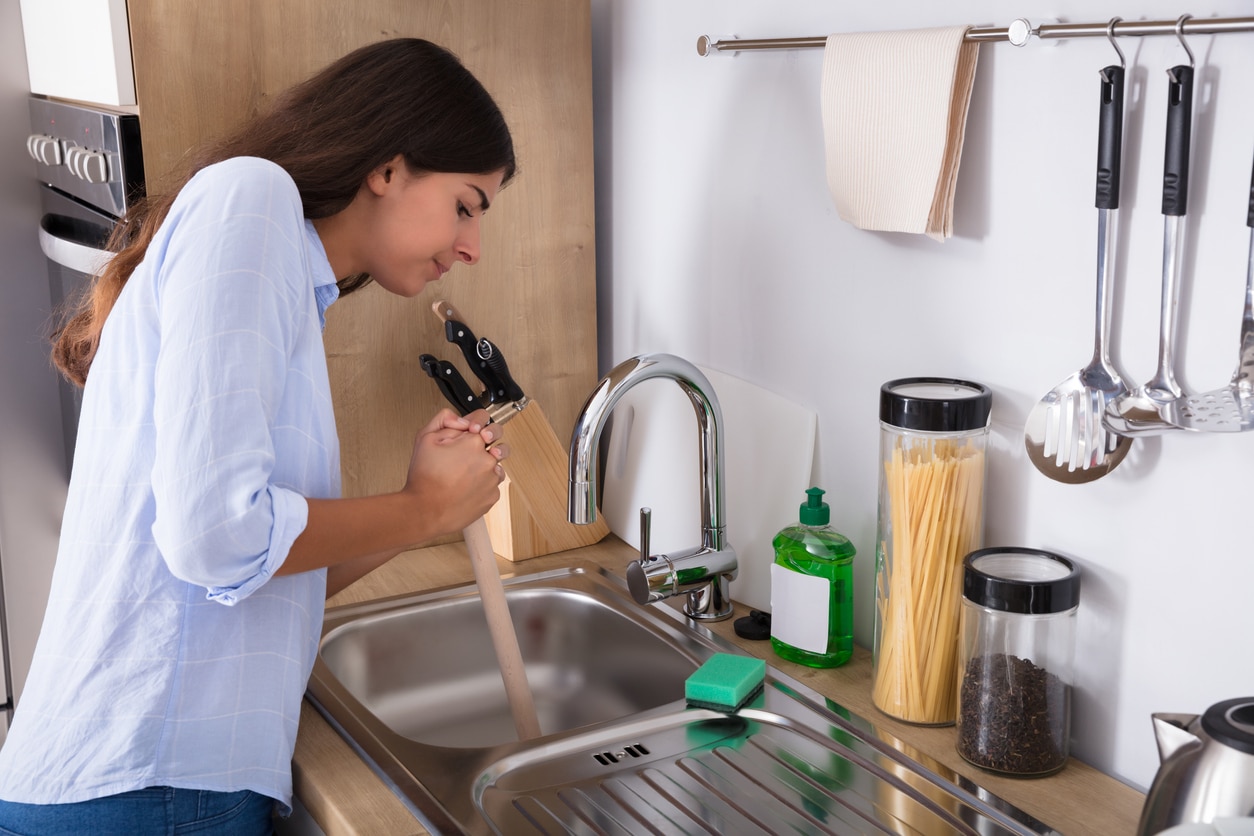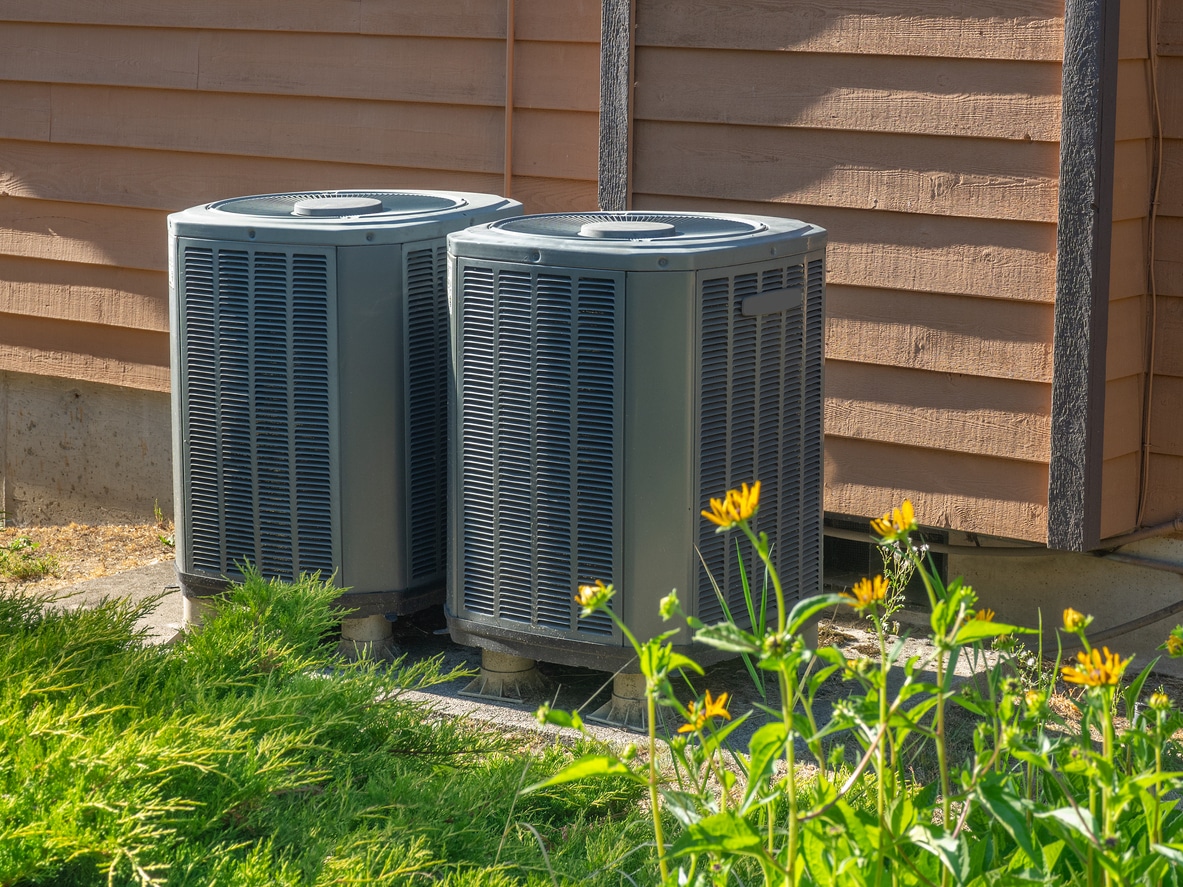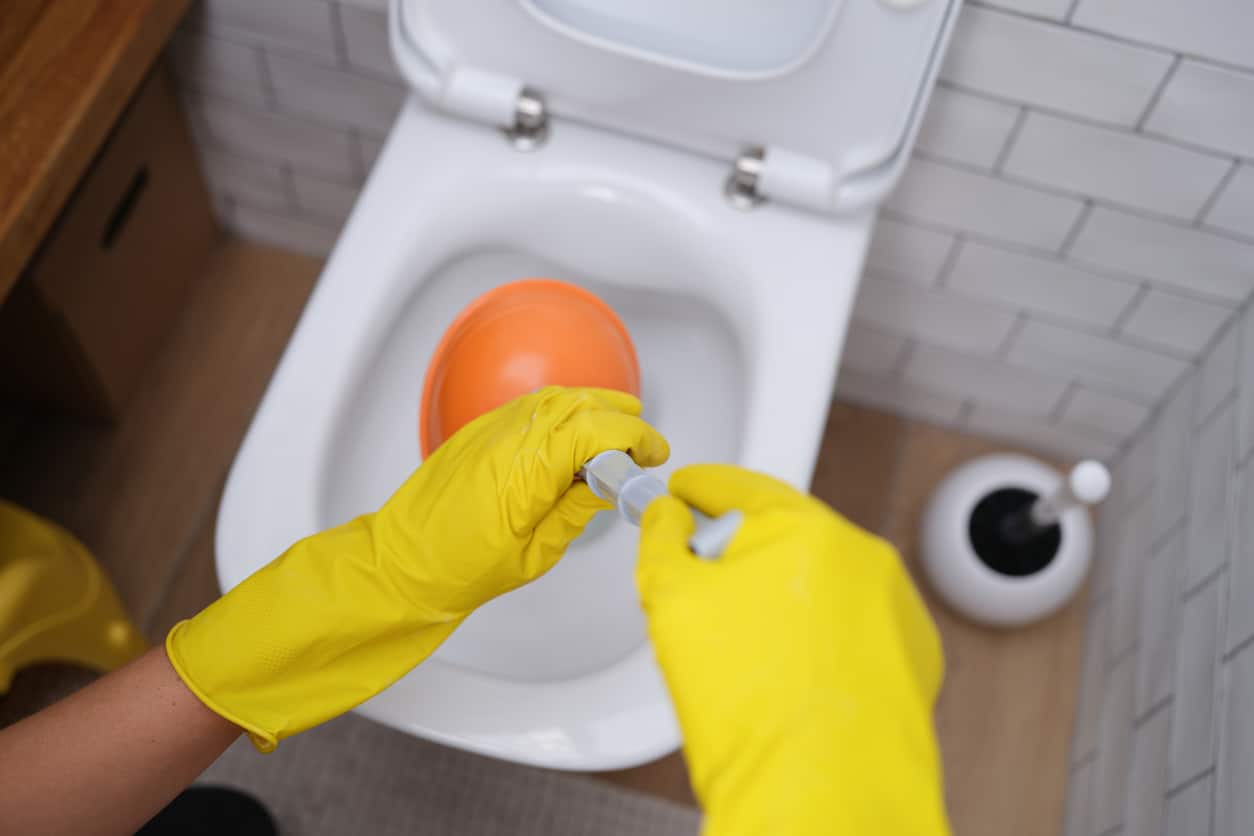In theory, plumbing is pretty simple. Your Stewartstown plumbing system allows water to flow into your home and wastewater to flow out of your home. However, your plumbing isn’t quite as simple as it sounds. In addition to including pipes, your plumbing system is composed of a hot water heater, dishwasher, and other appliances. Before you can understand your plumbing, you need to know more about all of the components of your system. If you experience any problems with your plumbing, you can explain the issue better to your residential plumbing services provider.
Pipes and Fittings
You could describe your pipes and fittings as the skeleton of your home, or at least the skeleton of your home’s plumbing. The pipes are responsible for moving water from the main city line or from a well into various areas of your home. Although pipes can be made from several different materials, they are usually composed of lead, PVC, brass, or copper. In newer homes, PVC is quite common.
Meanwhile, the fittings allow your pipes to connect to one another. Because every home has a different layout, there’s no one way to configure your plumbing. With the fittings, you can connect your pipes in ways that make sense for your plumbing needs. They change the angle of your pipes to fit around your ceilings, floors, and walls. Typically, a home has one set of pipes and fittings for hot water and another set for cold water.
It’s not easy to understand the layout of your pipes. If everything were in a straight line, it would be simple. But this isn’t the case. Connecting your pipes to a sink or toilet is an exercise in patience. Unless you have experience in plumbing, you should leave the pipes and fittings to an expert.
How Do They Stay Together?
It would take hours of reading for you to learn about all of the types of pipe fittings. Because pipes have varying sizes and purposes, pipe fittings vary greatly. For instance, elbow fittings allow the pipes to have bends and move around obstacles. Bushing fittings connect pipes of different sizes.The way in which the pipes connect depends on your type of fitting. Sometimes, fittings are push-to-fit. An O-ring and metal teeth create a tight fit on low pressure pipes. If the situation is right, you can use this type of connection with PEX, PVC, or copper.
Threaded fittings involve twisting a female connection around a make connection. If you want to connect brass or copper for a leak-free, permanent connection, you can use sweat fittings. This involves soldering the pipes together. To adhere plastic pipes, you can use slip fittings and quick-drying cement.
Fixtures
Your pipes and fittings need to connect with something, and that something is your fixtures. In your bathroom, pipes might connect with a shower, tub, or bathroom sink. Common kitchen fixtures include dishwashers and kitchen sinks. Even your washing machine qualifies as a fixture.
While some of your fixtures need an ongoing supply of water, other fixtures only need water when you turn a handle or hit a button. The way in which the fixtures work greatly affects their setup. To connect a fixture to a fitting and pipe, a plumber needs to do some detective work.
For instance, connecting a sink faucet to your pipes requires supply connectors. You need to figure out the right size connectors and decide on a configuration for drainage. As you’re picking out fixtures, you should consider how they will connect with the plumbing. If you need new plumbing fixtures, you may want to consult with a plumber to make the best decision.
Complex Fixtures
It’s worth mentioning that your water heater is a type of fixture. Because it’s responsible for heating all of the water in your home, the water heater is one of the most complex fixtures in your home.Water heaters come in a variety of styles. You could get a traditional tank style water heater, which holds water in a tank and keeps it warm. For more energy efficiency and space-saving, you can install a tankless water heater. This type of heater heats up the water as you need it and has no tank. You can also find hybrid models that offer their own benefits.
Drainage
The wastewater from your home can’t flow through water supply lines. Instead, it needs to go through your drains. Your drainage system is what keeps water from flooding into your home. Every fixture has a drain that connects to the main line of your home. The main line leads outside and connects with your city sewer line or your septic system.
Whether you connect to sewer or septic, you need to be careful about your drains. As hair, food, and soap scum go down your drains, they cause blockages. When the blockages are large enough, no water will be able to flow through your drains. The only place for it to go is backward, into your fixtures.
For this reason, caring for your drains is one of the best things you can do for your plumbing. If you want to avoid a need for local emergency plumbing services, you should be cautious about what goes down your drains. As soon as you notice a clog, you should call in a professional for a drain cleaning. Resist the temptation to use harsh chemical drain cleaning products, or you could damage your pipes.
Call Us for Residential Plumbing Services
Although you have some knowledge of how your Stewartstown plumbing system works, you still shouldn’t attempt any DIY repairs. Your plumbing is highly complex, and repairs require an experienced hand. All too often, DIY repairs end up causing more harm than good.
If you notice any problems with your plumbing or have questions about how it works, call us at Reliability Home Services. We want to help you keep your plumbing in prime condition. To find out more about our residential plumbing services, call us today. Let us help you with all of your plumbing needs.
